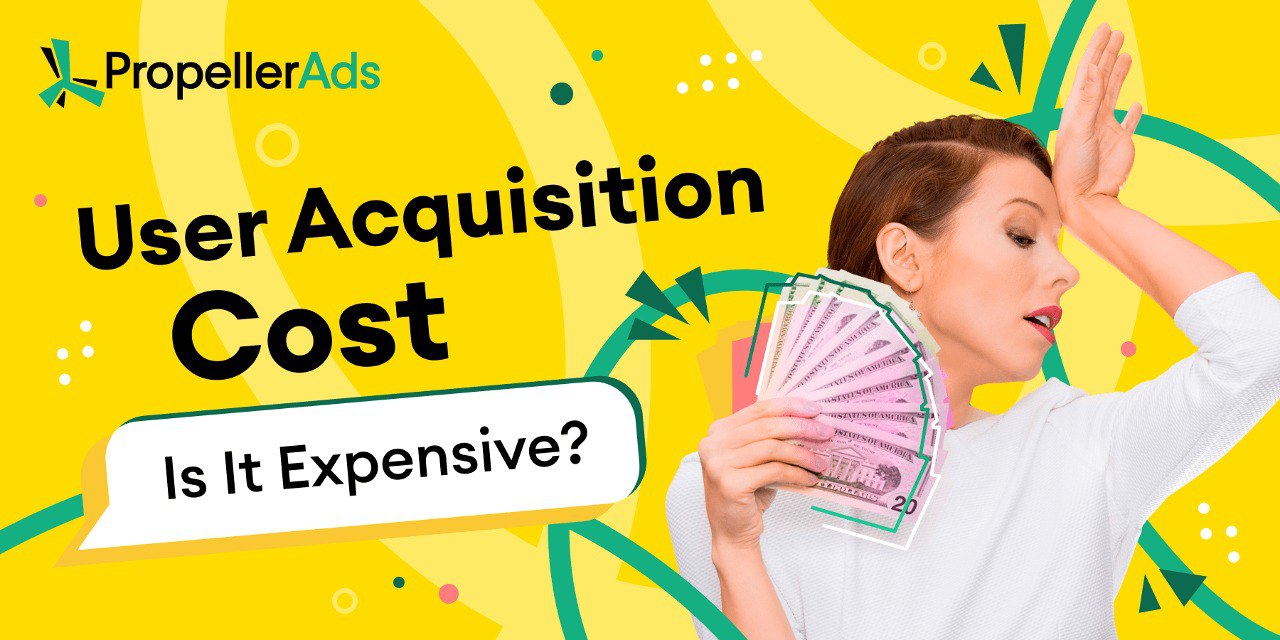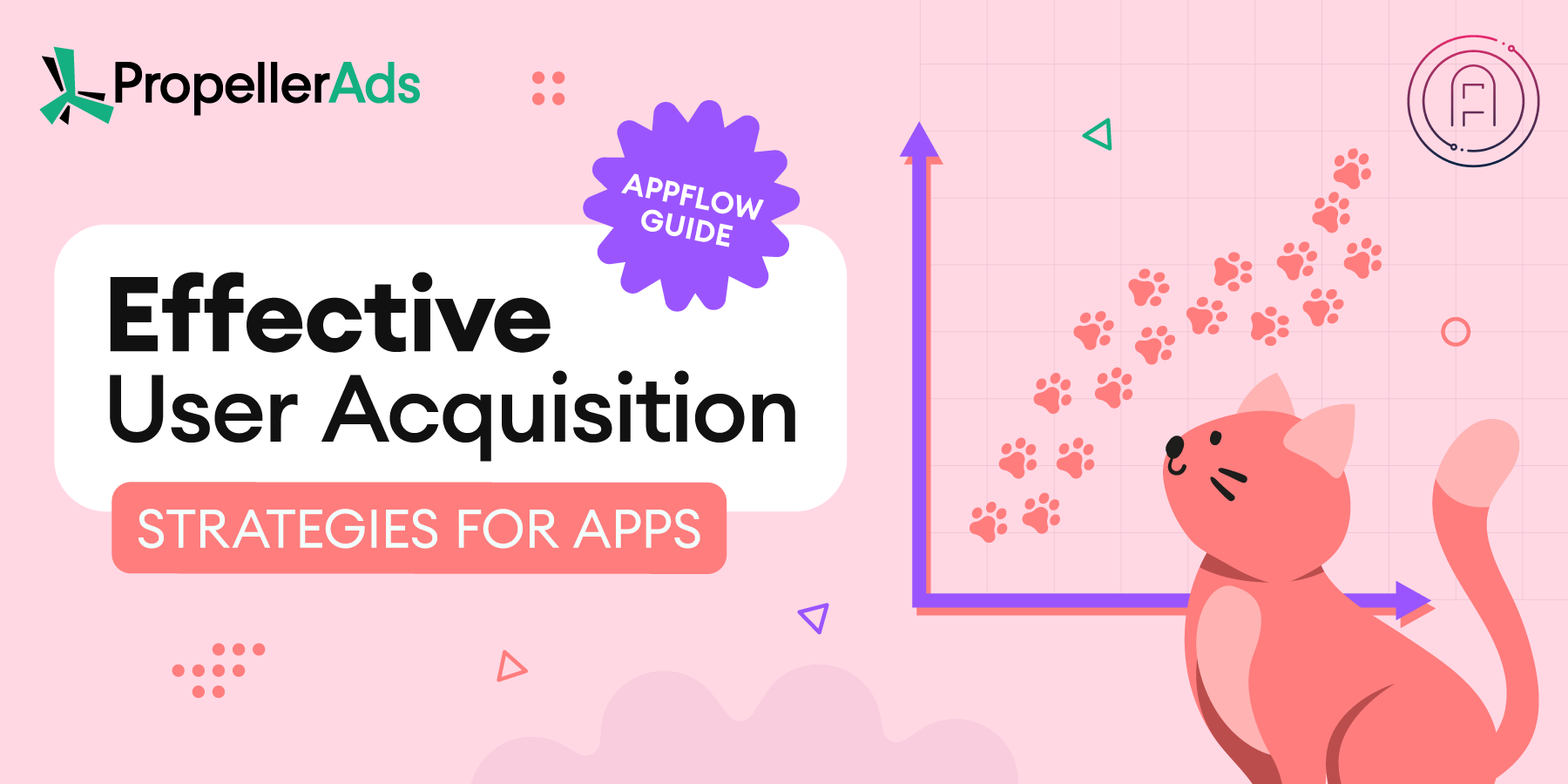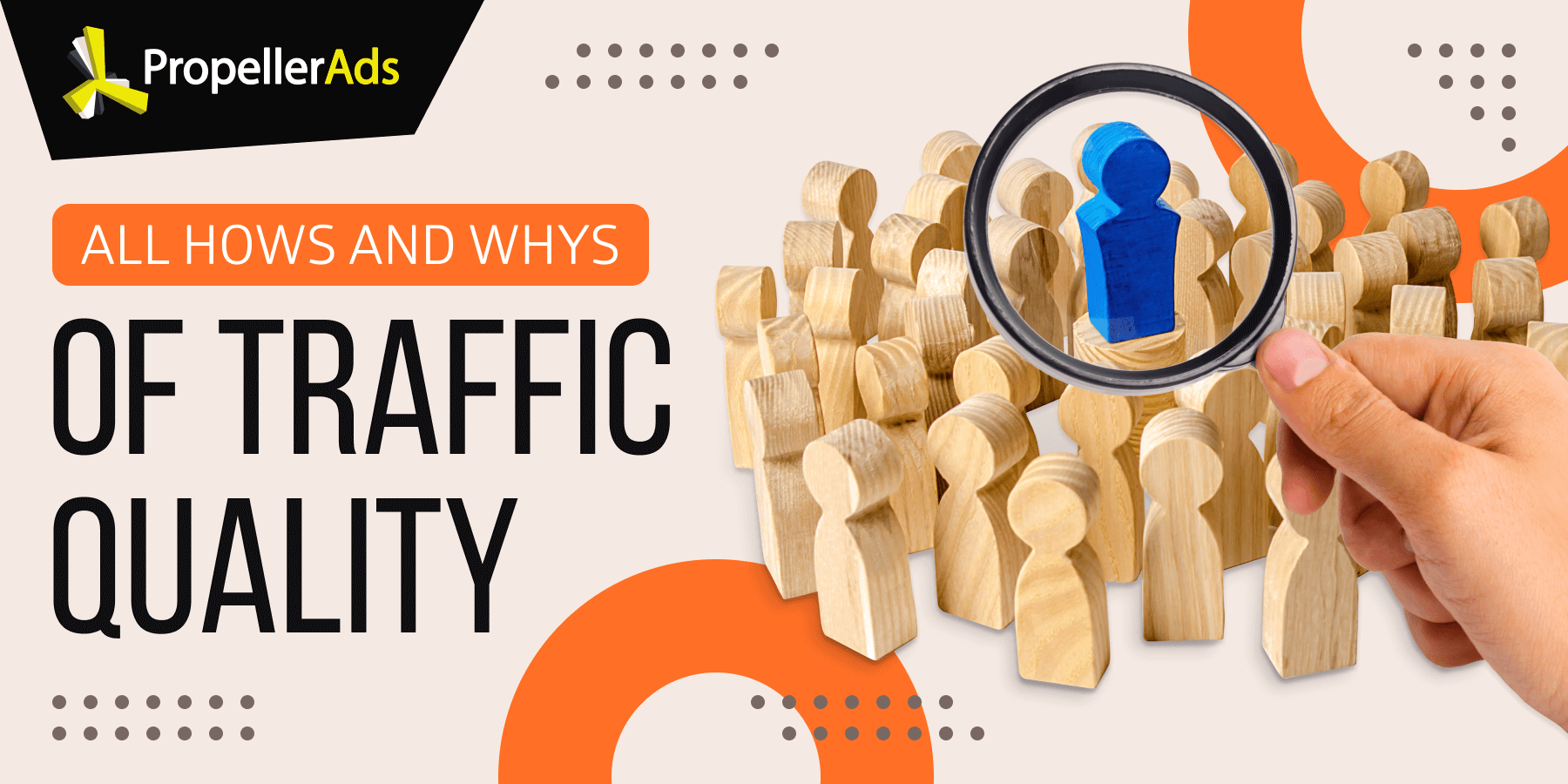User Acquisition Cost: Is It Expensive?

This post is also available in:
PT
ES
You’ve probably been in a situation when you poured your entire heart and soul into building a fantastic product, service or offer which ultimately flopped. And you then spent hours, days, and weeks thinking – where did I go wrong?

The one mistake you probably made is not thinking about user acquisition – the art of attracting new customers or users to your business. But the trouble for most businesses is that every lead, every click, and every conversion comes with a price tag, and there’s a cost behind user acquisition.
The real question is, will it cost you a fortune?
What is User Acquisition?
User acquisition is the process of attracting new users or customers to your business. Think of UA as the dating phase of the customer journey. You’re putting yourself out there, trying to make a good impression, and enticing potential customers to give you a chance.
It’s all about building awareness, sparking interest, and, ultimately, turning prospects into paying customers or loyal users. And while you can do a lot in the name of UA, one thing you should never do is stand still.
If you want to thrive, you need to constantly be on the hunt for new users. After all, user acquisition is the lifeblood of your business, it’s what fuels your growth, increases your revenue, and expands your reach.
User Acquisition Channels
One very important thing we need to point out is that not all kinds of user acquisition tactics will cost you much, or even anything. At the end of the day, it all comes down to what kind of channels you’re using.
While there are so many different ways to attract and acquire new users, most of them can be divided into the two main UA channels:
- Paid user acquisition: This involves investing in advertising and marketing campaigns to reach a wider audience and attract new users. You can do this through paid search ads, social media advertising, display advertising, and influencer marketing.
- Organic user acquisition: This focuses on attracting users through non-paid methods, such as search engine optimization (SEO), content marketing, social media engagement, and referral programs.
If you want a successful UA strategy, you’re going to want the best of both worlds. While it may be tempting to just use the free channels and get all the benefits without spending a single dime, that’s not how it works.
You need to diversify your approach so you can reach a wider audience.
How to Calculate User Acquisition Cost (UAC)
Before you can calculate your user acquisition costs, you need to know these two terms:
- Total user acquisition costs: This encompasses all the expenses associated with acquiring new users. It includes marketing and advertising costs, salaries for your team or hired freelancers, software and tools, and any other resources directly tied to your UA efforts.
- Number of new users acquired: This is the total number of new users you’ve gained within a specific timeframe, typically a month, quarter, or year.
If you got that, we can move on to the formula:
UAC = Total User Acquisition Costs / Number of New Users Acquired
Let’s say your company spent $10,000 on user acquisition campaigns last month and successfully acquired 200 new users. Your UAC would be:
UAC = $10,000 / 200 = $50
This means that the cost per user acquisition is $50.
The Importance of Tracking UAC
Tracking your UAC is important for several reasons:
- Evaluating ROI – By comparing your UAC to the lifetime value (LTV) of your customers, you can determine if your user acquisition efforts are profitable in the long run.
- Optimizing campaigns – UAC can help you identify which marketing channels or campaigns are most cost-effective, allowing you to allocate your budget more efficiently.
- Setting benchmarks – Knowing your average UAC allows you to set realistic goals and track your progress over time.
Factors That Influence UAC
Several key factors can significantly impact your user acquisition cost:
- Industry and competition: Highly competitive industries often have higher UACs due to increased advertising costs and the need to stand out from the crowd.
- Target audience: Reaching a broad audience usually requires more extensive (and more expensive) marketing efforts than targeting a niche segment.
- Marketing channels: Paid channels like advertising usually have higher upfront costs than organic channels like content marketing.
- Product or service quality: A high-quality product or service that has more to offer than a competitor’s is more likely to attract users organically, potentially lowering your UAC.
Strategies to Reduce UAC
You need user acquisition to grow, but that doesn’t mean that you have to break the bank. As long as you employ some smart strategies and optimize your approach, you’ll be able to lower your UAC and get a higher return on your investment.
Of course, this is easier said than done, and every business is unique and what might work for one could be an absolute failure for another.
Still, there are some effective tactics you might want to consider:
- Precise targeting. Don’t waste your money trying to attract a broad audience. Instead, laser-focus your efforts on your ideal customer profile. Identify their demographics, interests, and pain points, and tailor your messaging and channels accordingly.
- Diversify your channels. Relying on just one user acquisition channel is risky, and that’s a very mild way of saying it. What you’ll want to do is explore a mix of paid and organic channels to reach a wider audience and discover what works best for your specific business.
- Compelling content marketing. Content is king, it always has been. Make sure to create valuable, informative, and engaging content that resonates with your target audience. This could include blog posts, articles, videos, or social media posts. If you offer genuine value, you’ll attract users organically and build brand loyalty.
- Referral programs. Give your existing customers a reason to become your brand ambassadors. Offer incentives for referrals, such as discounts or exclusive access, to tap into the power of word-of-mouth marketing.
- A/B testing. Don’t be afraid to experiment with different ad creatives, landing pages, and messaging. A/B testing allows you to compare the performance of different variations and optimize your campaigns for maximum effectiveness.
- Optimize onboarding. A smooth and engaging onboarding experience is crucial for retaining new users. Make it easy for them to get started with your product or service, and provide clear instructions and support to keep them engaged.
- Data-driven decisions: Regularly track and analyze your UAC data to identify trends, successes, and areas for improvement. Use this information to refine your strategies, allocate resources effectively, and make informed decisions about your user acquisition efforts.
Always remember that user acquisition is an ongoing process. You should always be testing, learning, and adapting so you can find the most cost-effective ways to attract and retain valuable customers.
Conclusion
User acquisition is an unavoidable investment for any business that wants to grow and thrive. While it can cost you a pretty penny, that doesn’t mean it will cost you a fortune. As long as you know and understand the factors that influence UAC and implement the right strategies, the costs will definitely be worth it because you’ll get much more in return.
Come join us on Telegram for more insights and communications with fellow-affiliates!





